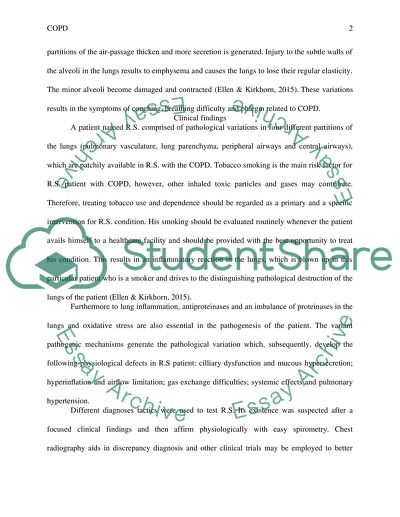Cite this document
(“COPD Case Study Example | Topics and Well Written Essays - 1000 words”, n.d.)
COPD Case Study Example | Topics and Well Written Essays - 1000 words. Retrieved from https://studentshare.org/nursing/1694973-copd
COPD Case Study Example | Topics and Well Written Essays - 1000 words. Retrieved from https://studentshare.org/nursing/1694973-copd
(COPD Case Study Example | Topics and Well Written Essays - 1000 Words)
COPD Case Study Example | Topics and Well Written Essays - 1000 Words. https://studentshare.org/nursing/1694973-copd.
COPD Case Study Example | Topics and Well Written Essays - 1000 Words. https://studentshare.org/nursing/1694973-copd.
“COPD Case Study Example | Topics and Well Written Essays - 1000 Words”, n.d. https://studentshare.org/nursing/1694973-copd.


